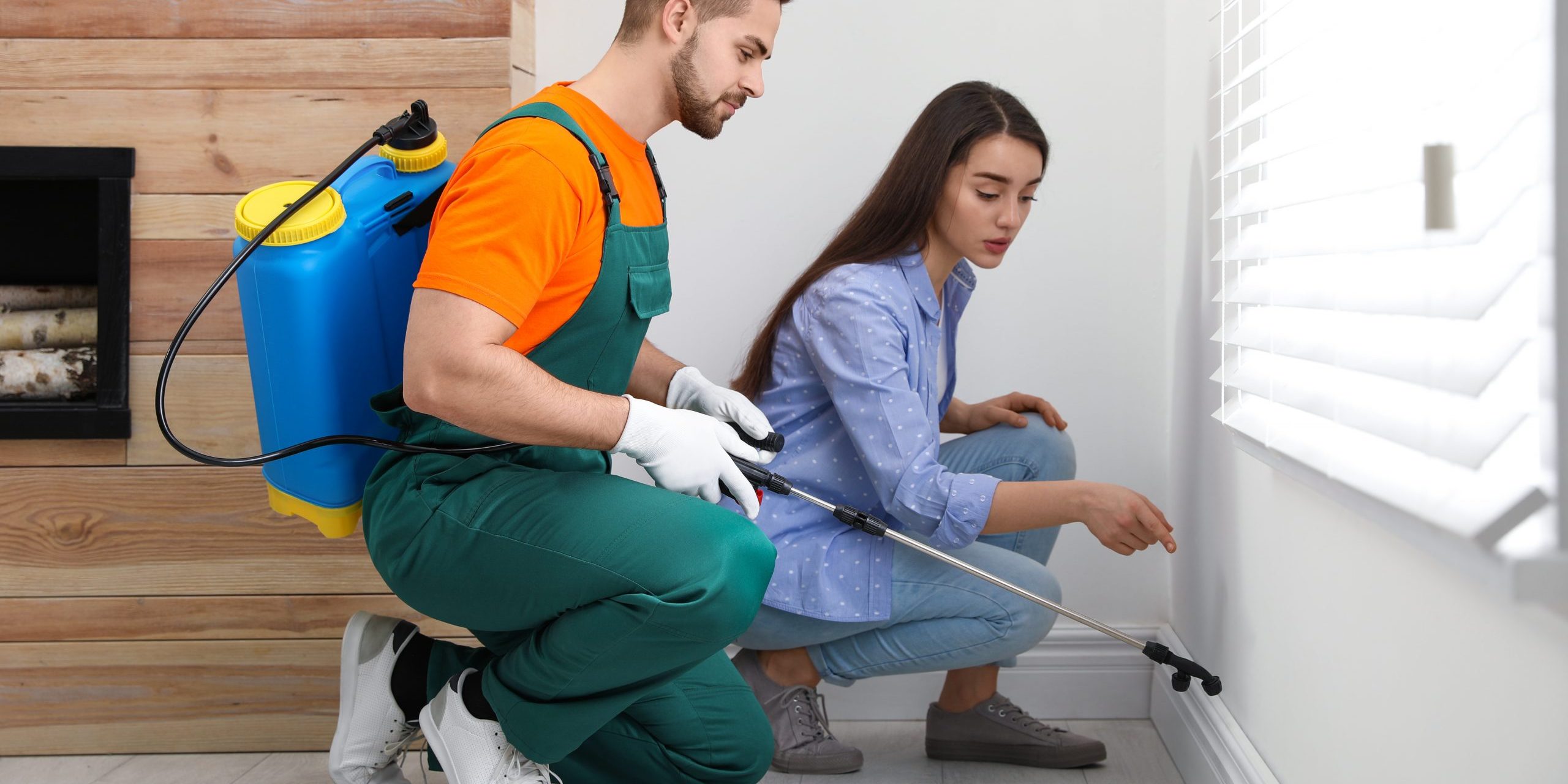Professional Bug Control Techniques for Long-Term Results
Expert parasite control methods envelop a comprehensive method that starts with a thorough evaluation and evaluation, complied with by specific pest identification to understand their behavior patterns. The implementation of Integrated Pest Management (IPM) principles, paired with eco-conscious treatments, forms the cornerstone of lasting pest eradication.
Inspection and Assessment
Upon entering a building for insect control services, the initial step is an extensive evaluation and evaluation to identify the extent of the problem and establish the most efficient treatment plan. Expert insect control specialists are trained to meticulously examine the properties, trying to find indications of pest task such as droppings, chomp marks, nests, or any type of structural damages. They will also analyze the conditions that may be bring in pests, such as food sources, water leakages, or entrance points.

Pest Identification and Habits

Furthermore, recognizing the habits of the recognized bug is essential to implementing reliable control steps. Recognizing where bugs nest, what they feed on, and their activity patterns can aid pest control experts design techniques to eliminate them efficiently.
Integrated Bug Management (IPM)
Integrated Parasite Administration (IPM) strategies integrate numerous methods to regulate and avoid parasite infestations in a sustainable and eco friendly fashion. pest control. By integrating techniques such as biological control, environment adjustment, modification of cultural methods, and making use of resistant ranges, IPM intends to decrease the use of chemical pesticides
Among the vital principles of IPM is the emphasis on prevention. This positive strategy entails monitoring insect populaces routinely to discover any type of possible concerns prior to they rise. By recognizing pest problems early, pest control actions can be applied swiftly and effectively.
Additionally, IPM promotes the use of non-toxic insect control techniques whenever possible. This can include employing natural predators of the insects, introducing helpful pests, or utilizing pheromones to interrupt mating patterns. By minimizing reliance on chemical pesticides, IPM not only safeguards the atmosphere but also aids keep an equilibrium in the ecological community.
Environmentally-Friendly Therapies
Implementing eco-conscious approaches in insect control treatments can efficiently address problems while prioritizing read this post here environmental sustainability. Environmentally-friendly therapies concentrate on decreasing the influence of bug control methods on communities, non-target organisms, and human health.
An additional secret element of environmentally-friendly treatments is making use of natural and eco-friendly products that damage down swiftly without leaving dangerous residues in the environment. Botanical pesticides derived from plants like chrysanthemums or neem use reliable insect control while positioning minimal risk to non-target species. Moreover, employing techniques like warmth therapies or pheromone catches can target particular pests with accuracy, reducing the overall environmental effect of parasite control practices.
Recurring Monitoring and Maintenance
Routine evaluations by trained specialists are needed to identify any kind of indications of pest task, assess the performance of previous treatments, and make adjustments to the parasite control plan as required. By keeping an eye on bug populations over time, parasite control experts can track fads, anticipate possible problems, and apply precautionary measures to lessen the risk of future problems.
Along with surveillance, upkeep methods are essential for long-term bug control success. This consists of implementing proper hygiene steps to get rid of possible food and water resources termite detector for pests, sealing entry indicate stop bugs from going into the properties, and addressing any structural problems that might assist in bug problems (bed bug exterminator). By including ongoing look at this now monitoring and maintenance into an integrated parasite monitoring approach, businesses can ensure a pest-free setting and guard their residential property versus expensive damage and health risks
Verdict
Finally, making use of expert insect control techniques such as thorough examination and assessment, precise bug identification and understanding of their behavior, incorporated insect management strategies, environmentally-friendly treatments, and recurring tracking and maintenance are important for attaining long-lasting cause pest control. By applying these techniques, people can successfully manage parasite invasions and maintain a pest-free setting in a sustainable fashion.